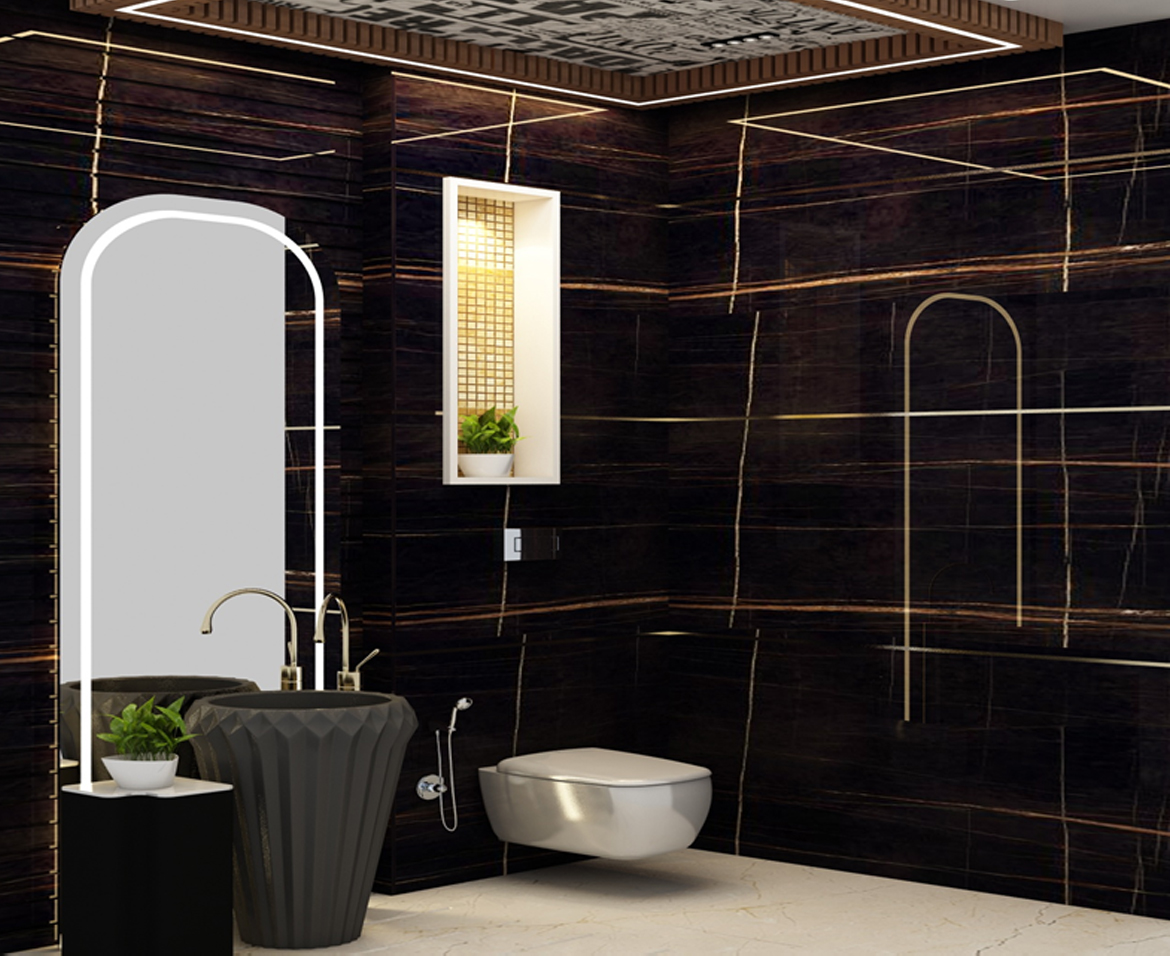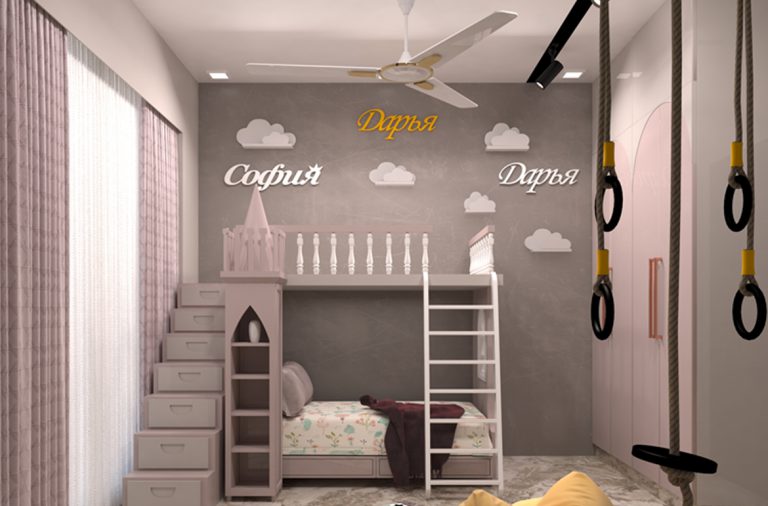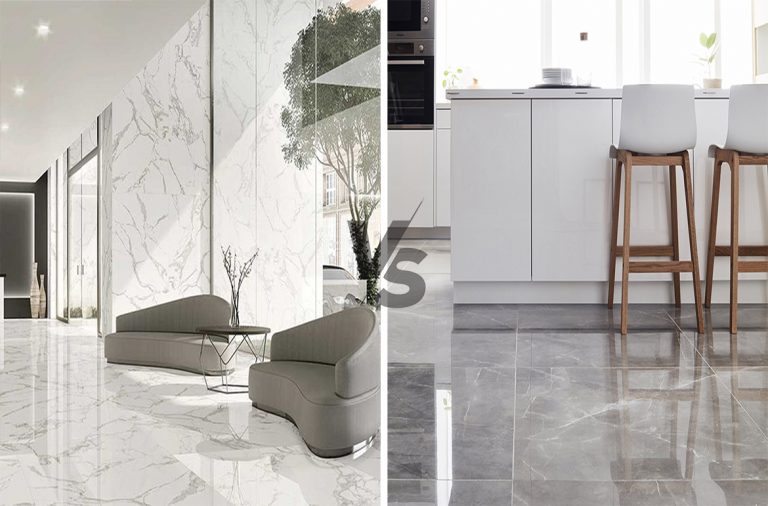
Powder Room: Evolution, Purpose & Size
Also known as half baths, the history of powder rooms can be traced back to the late 17th and early 18th centuries when they were used by men and women to powder their wigs. Eventually, they became a symbol of social status and a way for people to flaunt wealth. Today, a powder room is a small bathroom with a vanity and toilet. It does not have a bathing area and it might or might not have a window. It usually has a separate existence ( i.e. not attached to a bedroom) owing to its purpose of being easily accessible to the guests so that they do not really have to invade someone’s personal space. As far as the optimum size of a powder room is concerned, the same ranges from twenty to forty square feet. One must know that a powder room is different from a regular bathroom considering the fact that it is supposed to offer a luxurious experience since it is the place where people take a break, unwind and freshen up.
How to Design a Powder Room
- If you are fond of dark, alluring, and moody interiors, then the perfect way to design a powder room is by using warmer tones & dim lighting which can be easily achieved by darker shades of tiles or marble, COB lights with minimum wattage in warm white colour and 100% blackout roller blinds in case there’s a window.
- In case you do not wish to spend a lot of money and yet create a space that is exuberant and vivacious, then you can use base tiles up to 31/2 or 4 feet of height from the floor and the rest of the wall can be covered in wallpaper with highlighter tiles acting as a border between the two thereby infusing a pop of colour and creating an abstract pattern at the same time.
- However, if money is not an issue and you wish to display opulence, then Statuario and Calacatta marble are just perfect for the job. You can even get a beautiful pattern carved or engraved on the same marble and create a statement wall or a niche. Luxurious fittings in gold or black matt PVD finish are a must as far as creating swanky interiors are concerned, for example- a hanging faucet suspended from the ceiling. Fancy lights and designer mirrors are some of the other elements that can also be considered.
- You can also play with the overall design by using Morrocan tiles and even Mosaic tiles for that matter. They can either be used to create one statement wall while the rest of the walls can be covered in base tiles or they can even be interspersed with the base tiles throughout the powder room. Different types of Mosaic tiles can also be used to create art on a wall. Following are the different types of tile mosaics:-
- Leaf
- Chevron
- Ogee
- Star and Cross
- Hex Leaves
- Honeycomb
- Subway
- Herringbone
- Hexagon








Leave a Comment